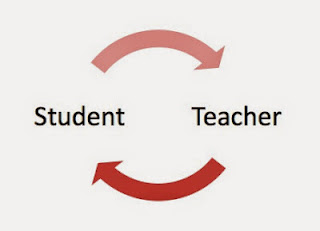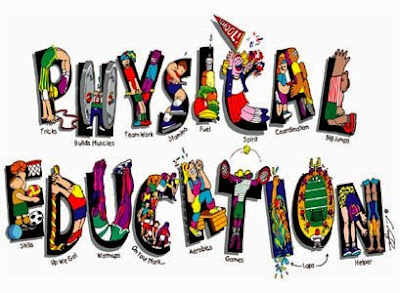When a teacher becomes a student, he or she becomes a learner. Teachers must be life-long learners in order to achieve one of the reasons why they chose this profession: to help children achieve their dreams. Learning from students is one of the best ways to accomplish this goal. Dr. Strange posed the question, "What can teachers and students teach us about Project Based Learning?"
In the video, Seven Essentials for Project Based Learning, by John Larmer and John R. Mergendoller, it gives teachers an insight into what every good project-based learning project needs. For every project to be a great success, Larmer and Mergendoller suggest students must personally behold their work as meaningful. Their second suggestion is each project must fulfill an educational purpose. They list seven essentials that will achieve success and ensure students understand the topic through project based learning.
2) A Driving Question
3) Student Voice and choice
4) 21st Century Skills
5) Inquiry and Innovation
6) Feedback and Revision
7) A Publicly Presented Product
From this list, I found having a great driving question is essential to getting the students involved. As future educators, we must capture their attention from the start. If the topic is of interest to the students, they will be more inclined to perform to their highest ability. Another key essential point is letting the students have a voice and choice. When the students have more of a voice and a choice in the design of the project, they will put in 100% effort into the project.
Project based learning (PBL) is the 21st century style of teaching. In Tony Vincent's, Project Based Learning for Teachers, he gives an overview of what PBL is and what it includes for teachers. Mr. Vincent states "project based learning has students working over an extended period of time, answering a driving question, to complete an end product, to share their learning with others." Each project must have a driving question requiring students to collaborate, research, and finally present the project to an audience. Through PBL, students learn to fine-tune skills like critical thinking, collaboration, communication, and career & life. Students have the ability to control the direction of their learning process. This video gave me a true basic explanation of project based learning. I really liked how Mr. Vincent made it simple to understand for future teachers.
Most future educators (including myself) have not believed that PBL can be incorporated into Physical Education, until now. In Project-Based Learning and Physical Education by Andrew Miller, he states that Physical Education is a place where project based learning can be relevant and authentic. He summarizes the seven essentials for PBL by John Larmer and John R. Mergendoller and gives an example of how the essentials would apply to a PBL for PE. Having projects in PE can meet all standards set forth by the state. These projects can also reach any audience. The payoff for teachers is the engagement of the students and their deeper foundation of the topic. Andrew Miller proclaims "You must give up power in order to empower your students; empower them in their physical education."
Organic PE is incorporating project based learning into Physical Education. In Mat Pullen's article, he states "the idea of Organic PE is once a basic skill level has been achieved by pupils, the focus goes to application, decision making, leadership and adaptability to further develop the pupil." Incorporating physical skills promotes active lifestyles in students. He describes different stages following a physical literacy model which includes "practical skills, knowledge of rules, confidence and motivation, planning, evaluating, and teamwork". During the project, students are given the chance to apply knowledge of a situation and develop a scheme on how to carry out the plan. At the end, students can generate data analysis to determine their weaknesses and strengths. Just like in the classroom, PE can change from the old way of doing things. This was a great article and it got me excited! I can't wait to try this in my gym!
Brandon Pflug's Project Based Learning in PE article talks about searching for ideas for project-based learning projects for PE. He comes across a project that meets all the standards stated by the National Association of Sports and Physical Education. This project is great for high school students because it allows them to interact with middle school students. High schoolers are to implement a fitness program that middle schoolers are to continue for themselves. The project is designed to promote healthy living not only during school, but through everyday life. This is another great example of how PBL can be integrated into Physical Education.
What Motivates Students by Suzanne Ball is an interactive video with kids answering what motivates them and what rewards work for them to continue to do well in class. My favorite answer to what motivates the student is when Emily states she wants to do well so she can take care of her family. This amazes me that she is already thinking about this at her age. I will definitely remember the rewards the students stated in the video. I want to implement them in my classroom, especially the classroom money concept.



Hi Sammi! Although I am pursuing elementary education, I have wondered myself how PBL could be incorporated into physical education. Great post, I learned a lot of new things!
ReplyDelete